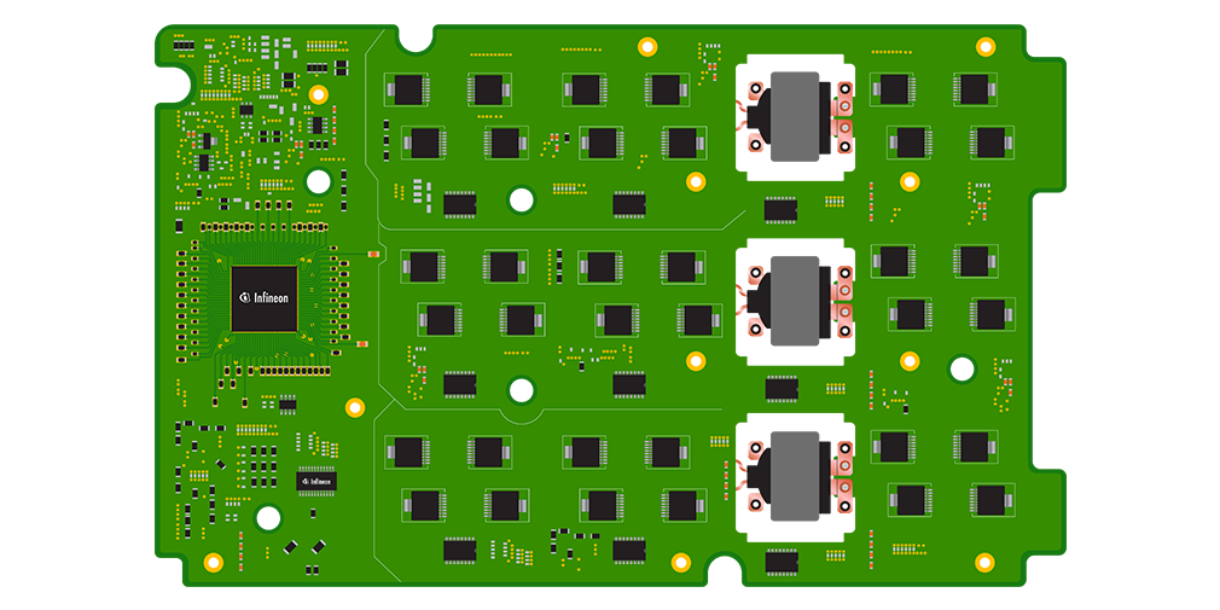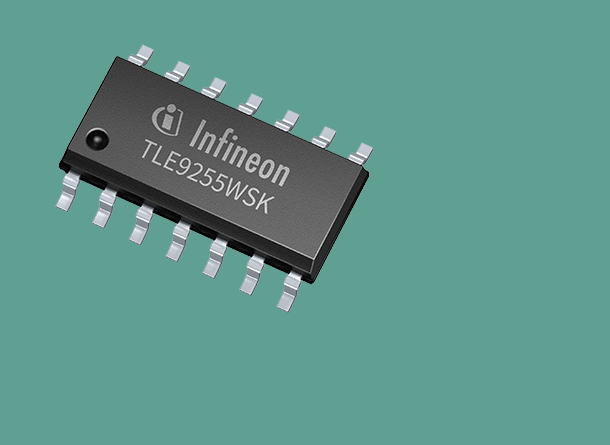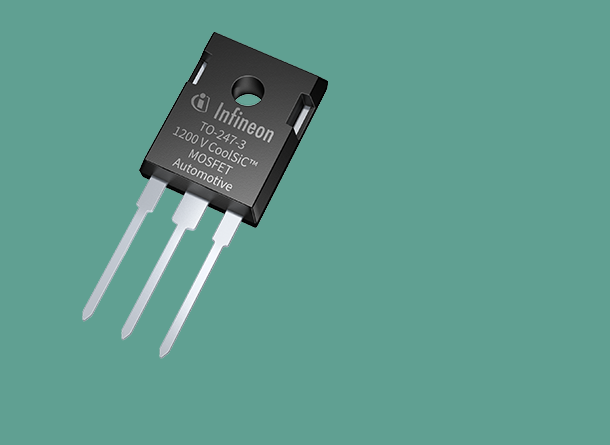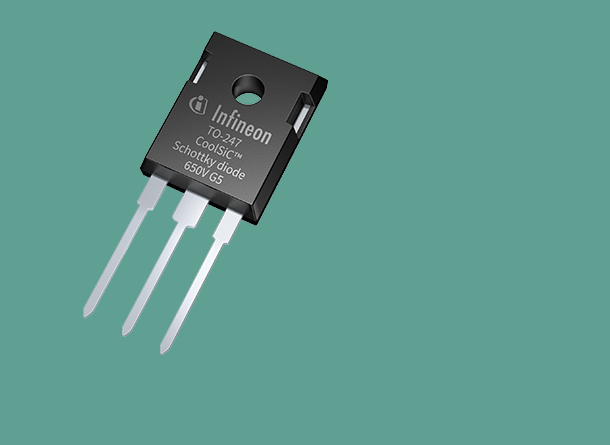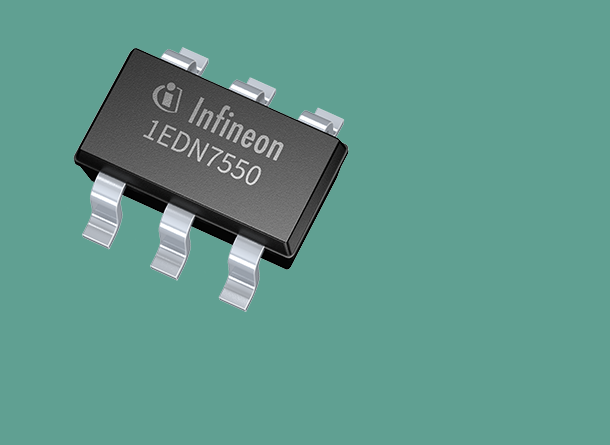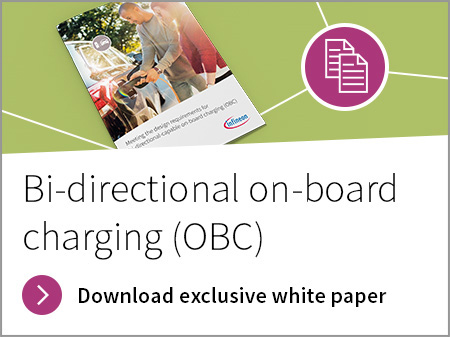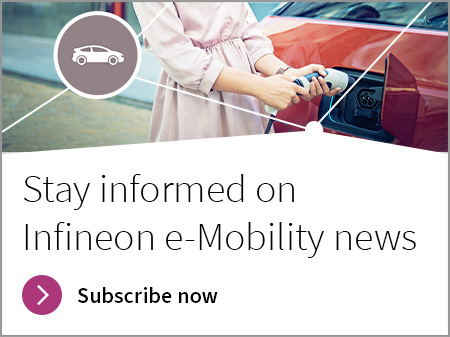On-board charging (OBC) for electric vehicles
Our on-board charging solutions provide highly efficient power conversion, high power density, and reliability for electric vehicles (EV)
Transform your designs with complete and complementing chipsets to develop modular and scalable on-board battery chargers (OBC). Leveraging our expertise in power electronics and semiconductors, our OBC solutions use Si, SiC, and GaN power technologies to meet automotive quality and safety standards. Wide band gap chips enable future trends like V2L, V2H, and V2G. Scalable full system solutions speed time-to-market and bring full optimization.
Stay charged and ready to go with our on-board charging (OBC)
The EV on-board charger (OBC) recharges the high-voltage (HV) main battery from AC grids while the car is parked. Longer driving ranges of plug-in hybrid electric vehicles (PHEV) and battery electric vehicles (BEV) are achieved by increasing the battery capacities and energy efficiencies of electric components. Typical development targets are efficient power conversion for 400 V and 800 V systems, power density, reliability, and bi-directional (instead of unidirectional) power flow to enable future use cases (V2L, V2H, and V2G). The battery voltage classes used tend to be standardized at approximately 450 V, with a trend towards higher voltages as this supports faster charging times and lighter cabling within the vehicle.
Rigorously tested to ensure high efficiency and power density at a low system cost, Infineon's discrete high-voltage components are widely used for on-board charging applications, as price pressures increasingly displace module-based solutions. Additionally, our efficient three-phase charger solutions support the new design trend towards fast charging, from 11 kW or even up to 22 kW charging.
Optimize EV battery management with our on-board charging technology
We continuously innovate our product solutions for the electric vehicle (EV) market, ensuring that our customers can achieve their desired driving ranges with maximum energy efficiency. Explore some of Infineon's electric vehicle on-board charger system benefits below.
- Scalable power technology portfolio
- Power packages for all requirements
- Full optimized system offering
- Complementary, optimized chipsets
- Full support for future trends
- Performance, cost, fusion solutions
- Safety support up-to ASIL-D
- Full X-in-1 system support
- Easy adoption for all topologies
- Fully automotive-qualified product portfolio
- Supports a wide range of conversion topologies
- Compact design with highest power density
- Very low switching losses at high switching frequencies
- Isolation integrated in gate drivers and digital isolators
- High-performance 32-bit microcontrollers
PFC stage and DC-DC converter (HV-HV) for on-board charging (OBC)
A typical OBC application consists of a PFC and a HV-HV DC-DC stage.
PFC stage:
- Small and efficient EMC filter
- High efficiency PFC correction
- Accurate DC link voltage regulation
- Wide support for topologies: B6/B8, Totem Pole, Matrix, etc.
HV-HV DC-DC converter:
- Wide range output voltage regulation
- Accurate charge current control
- Reinforced galvanic isolation
- EMC output filter
- Various topologies (C)LLC, ZVS PS FB, DAB, other future variants
- Flexible configuration with eFuse solutions
Boost your on-board charging with our connectivity solutions
Infineon offers innovative and reliable charging connectivity solutions that facilitate the efficient distribution of electricity between power grids and electric vehicles. We enable ISO 15118 solutions with our products, utilizing TPM modules in combination with AURIX™ microcontrollers for secure communication. Our Wi-Fi/Bluetooth® module supplements powerline communication, allowing for data storage and updates. Infineon's CAN transceivers provide connections to vehicle networks, making it easier for customers to develop charging solutions that meet their ISO 15118-defined requirements and beyond. By offering these solutions, Infineon is positioning itself as a leader in on-board charging connectivity solutions.
Innovative NACS-compatible charging interface solutions
Infineon offers innovative and reliable charging interface solutions that support both NACS (Non-Automotive Charge System) and CCS (Combined Charging System) communication standards. Our expertise in power electronics and semiconductor technology ensures that our solutions are efficient, reliable, and secure, meeting the highest quality and safety standards for automotive applications. While NACS and CCS are not compatible with each other, enabling vehicles to support both standards requires additional efforts. Identifying the connected charger with either DC or AC power, a switch typically routes the power directly to the main battery in case of DC power or, in case of AC power, to the on-board battery charger (OBC). Infineon provides dedicated semiconductor solutions for these routing switches.
Check the example of the 3-phase on-board charger:
Online Courses
This training covers the harmonized frame of standards from international bodies like ISO, IEC, SAE and UL dedicated to the Wireless Power Transfer system technologies.

This training covers the most relevant standards for high power charger design, grouped into 4 major areas:
• charging topology
• communication
• accessories
• safety and security
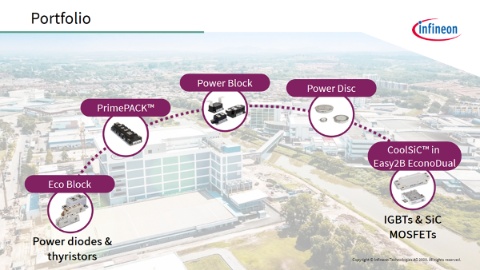
Do you want to know the various topologies you can find in this power conversion stage and their top-level working principle? Get to know the basic concepts of passive and two-level active rectification methods.
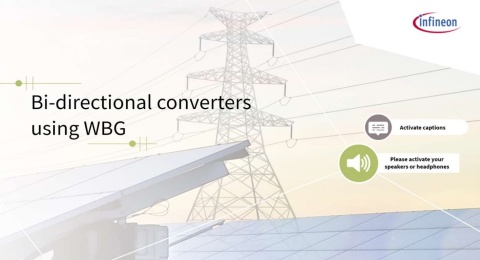
Understand why to use WBG switches for bi-directional converters, the topologies used and how they function.
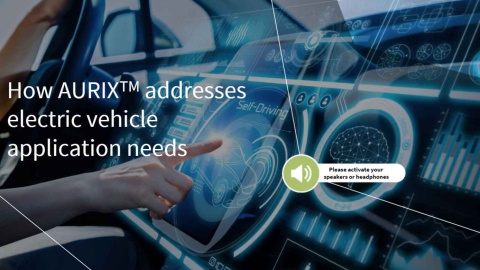
Training topics:
- Get to know how AURIXTM is able to answer the needs of the electric vehicle market
- Recognize and explore how AURIX™ TC3xx addresses key electric vehicle challenges, and understand the main features of the AURIX™ TC3xx microcontroller
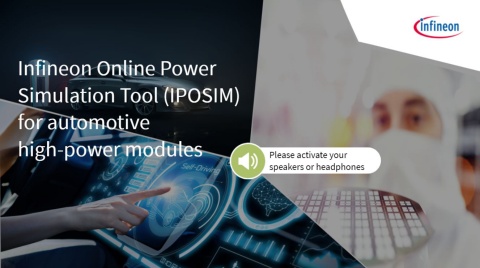
In this training you will:
- Get to know Infineon’s IPOSIM tool, specifically for an automotive electric vehicle inverter
- Discover the steps involved in simulating different parameters and comparing the results of different Infineon products to see which is the best fit for your application
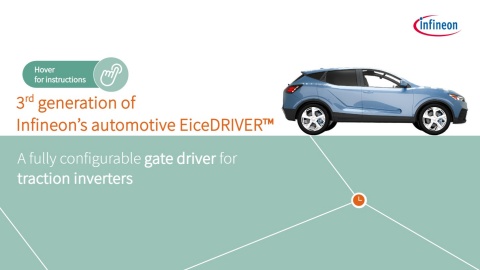
- The training covers detailed information about Infineon's 3rd generation automotive EiceDRIVER™ 1EDI305xAS
- Participants will learn how these products help to reduce switching losses and improve thermal efficiency, resulting in longer range for hybrid and electric vehicles
This training covers Infineon’s portfolio of power semiconductors, ranging from D2PAK packages to 62-millimeter modules.
All products are based on the latest micro-pattern trench technology.
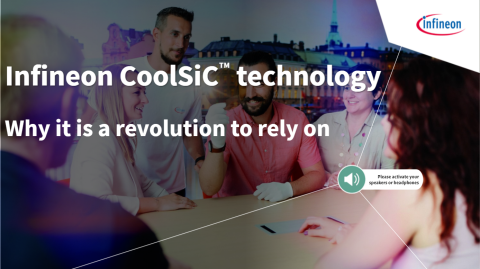
In this training you will:
- Be familiar with silicon carbide MOSFET structures and their characteristics
- Get to know Infineon's CoolSiC™ MOSFET, its features, its improvements over a typical trench MOS and how it performs against its competitors

- The key features and benefits of the 1200 V CoolSiC™ MOSFET in TO247-4 lead package
- How it addresses the market challenges
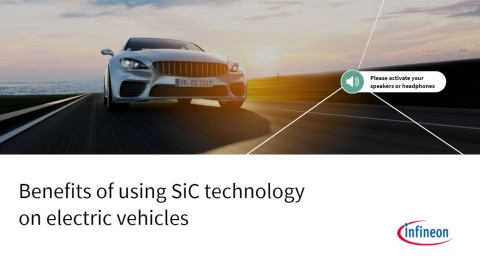
In this training you will:
- Understand the benefits that SiC technology has over Si technology in products and systems
- Recognize the benefits of SiC in automotive applications
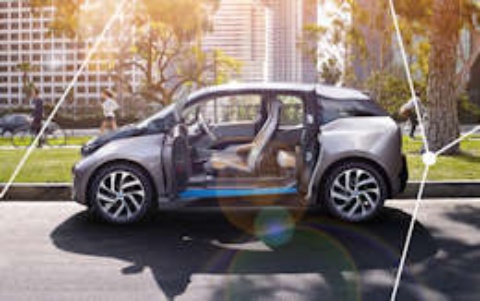
In this video you will:
- See how charging works inside a car
- Be familiar with the concept of an onboard charger (OBC) and the different charging categories
- Recognize the requirements for onboard charging and identify different power topologies
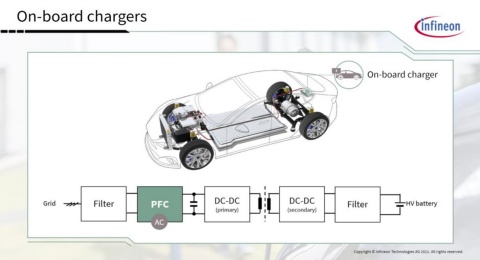
This training will show how you can use CoolMOS™ S7A to increase the efficiency of on-board charger systems with “active line rectification”.

In this video you will:
- Understand what Battery Electric Vehicle charging is
- Recognize the three different charging categories available
- Know how these categories can be implemented

In this video, you will:
- Understand how Infineon’s power semiconductor module portfolio is a solution for the main challenges of the electric vehicle industry
- Know Infineon’s general value drivers as well as recent success stories on the electromobility market

Get to know our 2020 joined CoolMOS™ SJ MOSFET family member: the CFD7A!
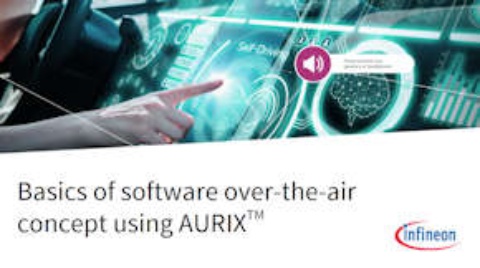
Training topics:
- Get to know why systems require frequent updates, how this is done and how automotive systems try to ensure their security when they are updated
- Learn how AURIX™ families of microcontrollers support over-the-air software updates

In this video, you will:
- Be familiar with top-side cooling, its uses and benefits
- Learn how you can get the most out of your TOLT package
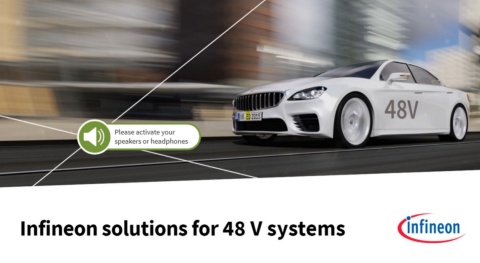
In this training you will:
- Learn about the transition from fule injection combustion engine to full battery electric vehicles and the main 48V powered applications.
- Additionally get an overview about Infineon’s comprehensive MOSFET portfolio for 48 V applications and their support material


